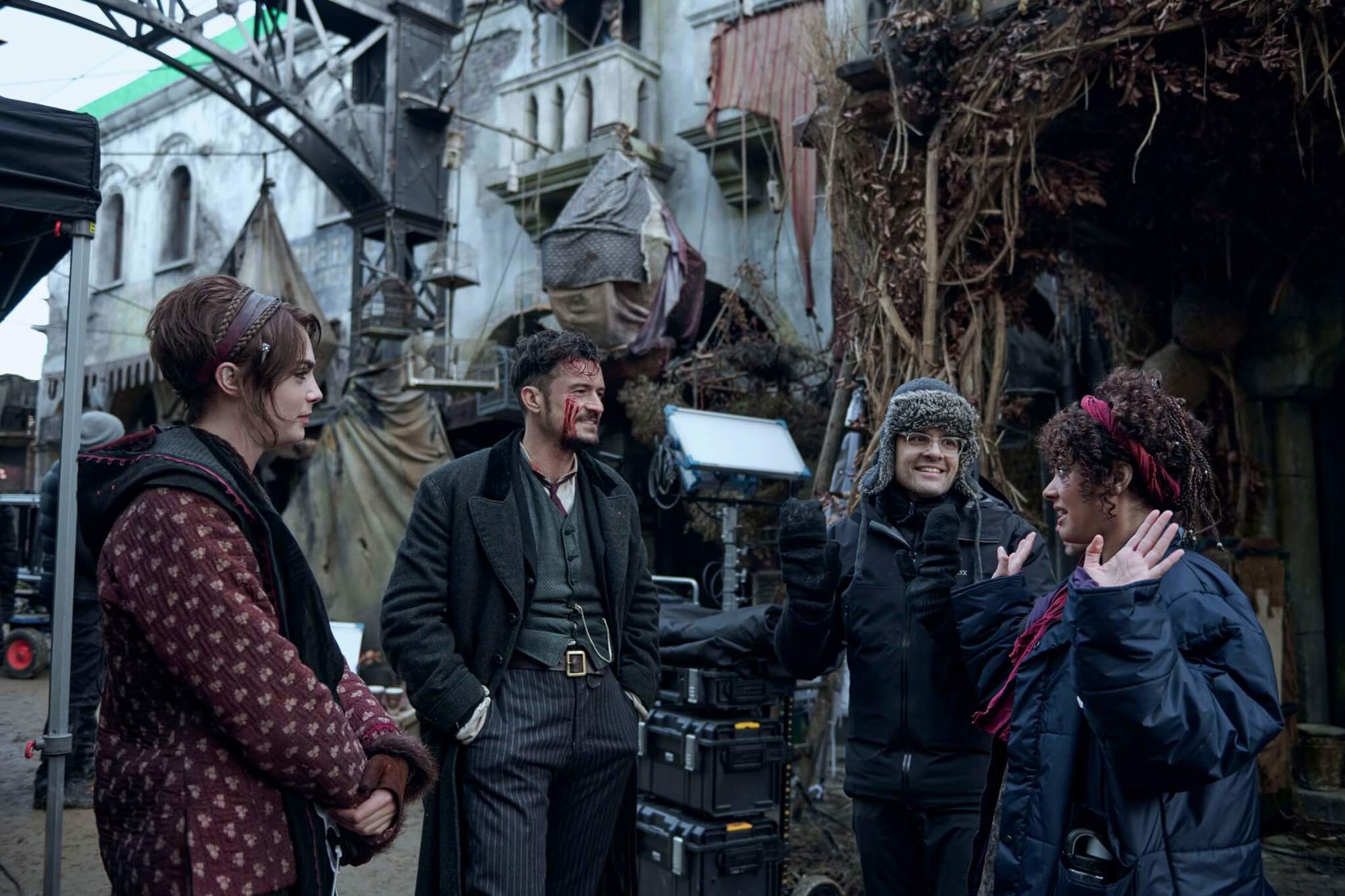Czech footprint in the US film industry - Why Hollywood likes the Czech Republic
Architect, seamstress, IT specialist, metalworker, artistic carpenter, glassmaker, and costume designer. Pastry chef, electrician, interpreter, pilot, restorer, and stonemason. These seemingly disparate, highly specialized professions have a common denominator - the film industry. These, and many other fields in which the Czechs are experts on a global scale, function as suppliers to the audiovisual industry. They’re one of the reasons why Hollywood producers like to come back to us,” says Helena Bezděk Fraňková, director of the Czech Film Fund.








